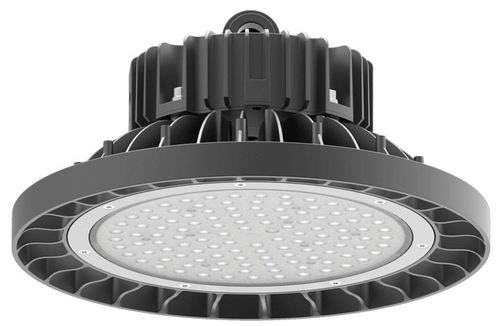Contact manufacturing is a vastly used service in the international markets when one company arranges the manufacturing process of the products of a company which is located at a different country. OEM service providers like Inno manufacturing has made it really easy for companies to outsource their manufacturing process if they don’t have any physical existence in their desired territory.
Contract manufacturing also includes international outsourcing and international subcontracting. Today, we will be talking about everything you need to know about the contract manufacturing, its types and every other thing that is related to this.
What Actually is Contract Manufacturing?
It is the service which is usually used by different companies who are willing to expand their product reach to the place where they don’t exist physically. The company A will hire another company B which is located at any place and who is offering the contract manufacturing service and on the behalf of company A the company B will start producing the product with the exactly same specifications and characteristics to sell it in the market with the name of company A.

contact manufacturing
In these types of agreement the company that is opting for the contract manufacturing may also provide the required raw material and all the necessary material that is required for product production process.
A contract for this manufacturing process may include the following heads:-
- Product quality
- Product quantity
- Conditions
- Delivery dates
- Certifications
This process involved the outsourcing of products of certain goods to a foreign market through a manufacturing partner who’s responsible of the production process. Many companies nowadays have being benefited from this service because it allows you an indirect business expansions and increase in profits.
What are the benefits of contract manufacturing?
As discussed above that contract manufacturing enables you to explore the potential inside you, there is a lot that can be discussed as benefits of this process.
- Saves the cost
By using a contract manufacturing service the companies save the cost in many terms like hiring, recruiting, maintenance, paying for the facilities etc. Once you are done with this contract you are not responsible for anything mentioned above, the company that is providing this service will be held accountable for doing all the measures.
This way you save a lot of your cost and get a chance to increase your profitability.
- Saves the time
If you sign the contract with a competent and an experienced company then it is obvious that the experience will enable the contractor to work in a fast manner that will save the time. They will be pre-informed about any anomalies that happen within the process.

contact manufacturing
- Makes you focused
Once you know that your production process is handled and will be looked by the professionals, you are now free to focus more on the development on your business strategies and explore how you can move even more forward. You can make greater strategies for marketing and branding purpose or start creating new strategies and plans to drive more sales to increase the revenue.
Therefore, after reading this write-up you are all set and you know much about the contract manufacturing process which will help you out to do greater deals in the international market for your growth!














